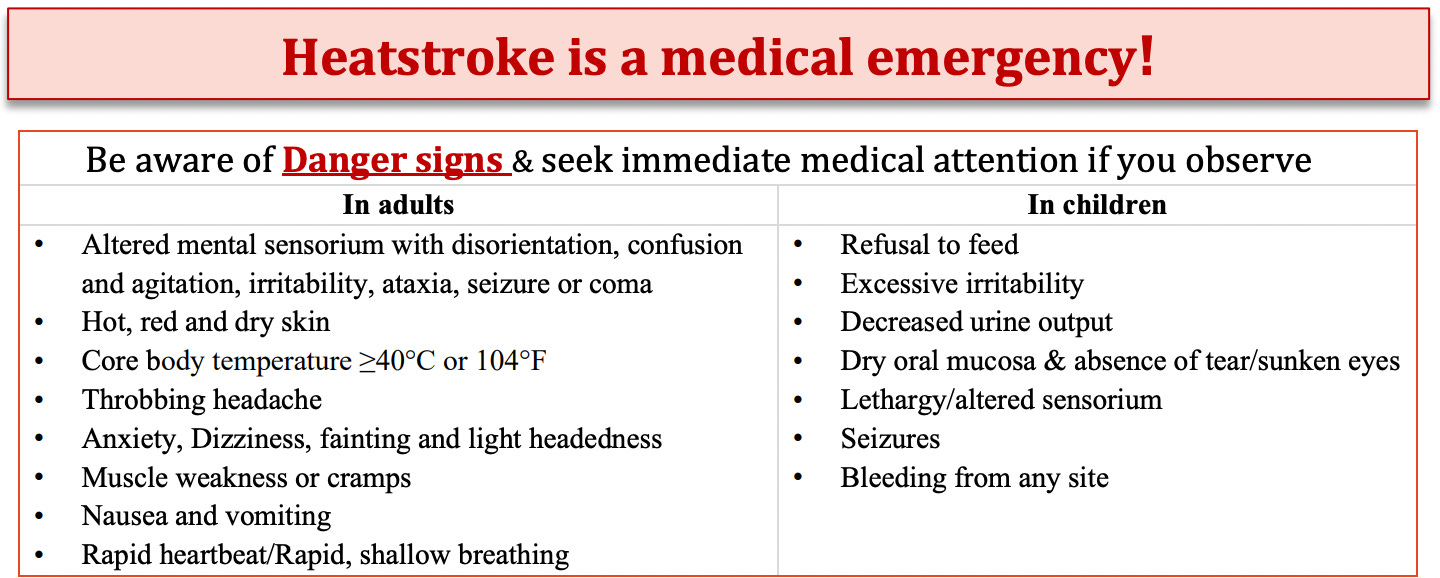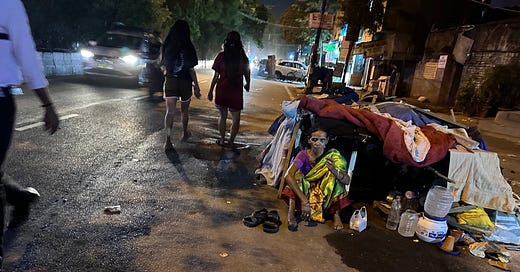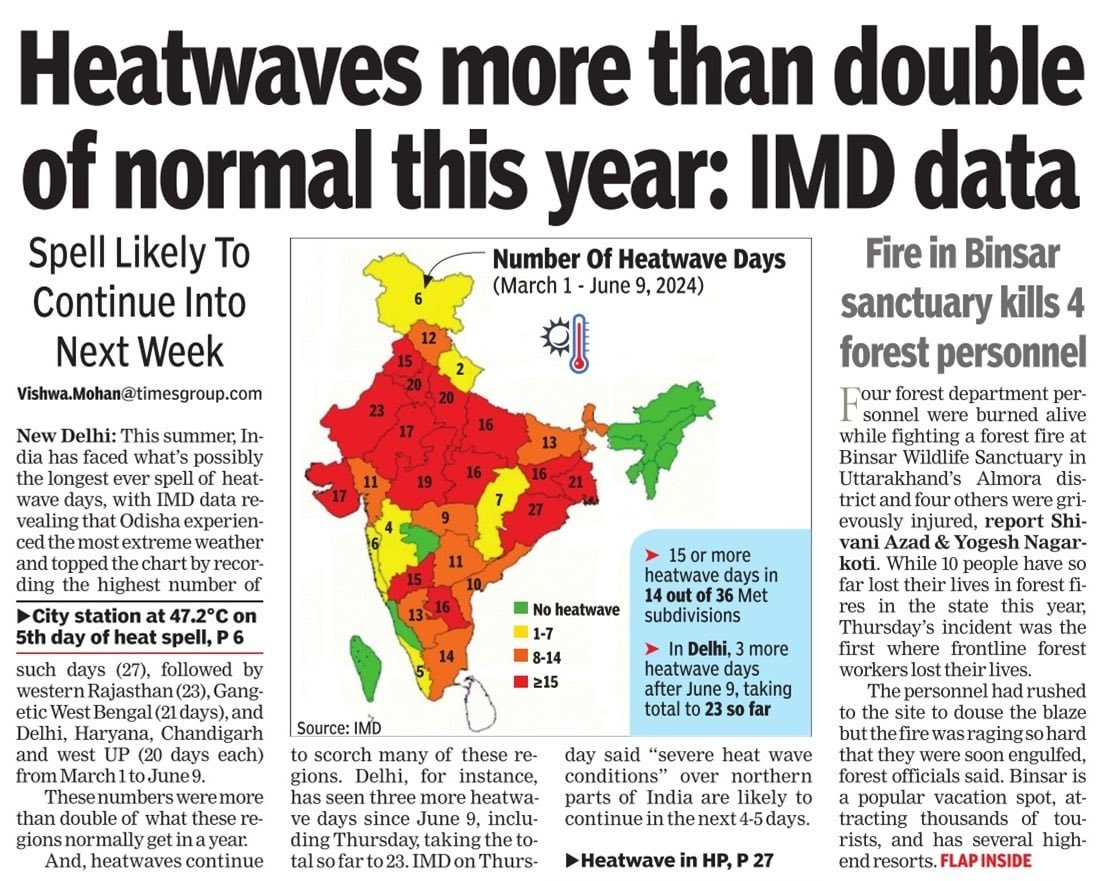Extreme Heatwaves Sweep India
It's been almost four months of extreme heat and above normal temperatures. In places like Delhi this has been coupled with high levels of air pollution. A brief look at what the top takeaways are...
The world has just seen June’s hottest day, based on surface air temperature, ever recorded. India’s weeks-long heatwave has been warmer by 1.5°C than any other observed previously.
Heat waves are lashing north India as they have for weeks now with little break. Walking outdoors at midday, the sun can feel like hot sandpaper on the skin. This summer’s heat waves are more than twice as long as they usually are in several places.
A homeless woman’s shelter on the road. Delhi, June 2024. Above normal night temperatures mean little respite for the human body to recover from the day’s extreme heat.
For people who have little option but to spend hours if not entire days with little or no shelter the health risks are far worse. It ranges from disorientation to heat exhaustion and heat stroke which could rapidly turn fatal unless the person is rapidly cooled. Night temperatures in some places, like Prayagraj (earlier called Allahabad) have been over 6 degrees hotter on some days.
(Read the heat-related health warnings, do’s and don’ts here by India’s disaster management authority)
A street vendor at a major road in New Delhi under the blazing sun.
For this heat wave story, Hundreds Die in India’s Record-breaking Heatwaves Despite Warnings and Urgent Advisories, for Health Policy Watch, a street vendor told me on one of the cooler days (it was only 41° that day) that it was “bearable” and it was only people who spent their time in air-conditioned rooms found it hard. But he accepted that it had been very hard when temperatures were higher.
On the 15th June, some stations in Delhi were 7° hotter, and Chandigarh airport about 250 km further up north was +8 at 44.9°.
When the sun goes down temperatures dip but the heat lingers. Turn on the cold water tap and the temperature is hot. I measured this at home and at 37.7°C it was almost nine degrees hotter than the ambient room temp.
Watch out for danger signs. What to do in case of heat stroke or exhaustion. Click →
Source: Times of India
The Indian Meteorological Department has upped its game and reports the heat and other weather warnings multiple times a day. Its messages, and that of the health and disaster management departments, include steps on how people can protect themselves and their loved ones. But how effective is this comms outreach? As hundreds, perhaps more, die of heat-related causes in the past few months, will lessons be learned, particularly for the implementation of heat action plans at the grassroots level?

Climate scientists have calculated that heatwaves will become worse - longer and more intense. India just got a devastating whiff of the future.
Summers have always been hot in India, so much of the red on the map on the left isn’t unusual. It’s the above-normal temperatures in the ‘departure’ map that indicates extreme heat.
Source: India Meteorological Department
Double blow
The extreme heat in some places has coincided with another health risk. Delhi’s air pollution has been well above the WHO’s safe levels for both microscopic PM 2.5 and the larger PM 10 pollutants.
The state government has, after several weeks of heat and air pollution, announced a plan from 15th June to control air pollution. It includes measures like growing trees and controlling dust from construction sites.








